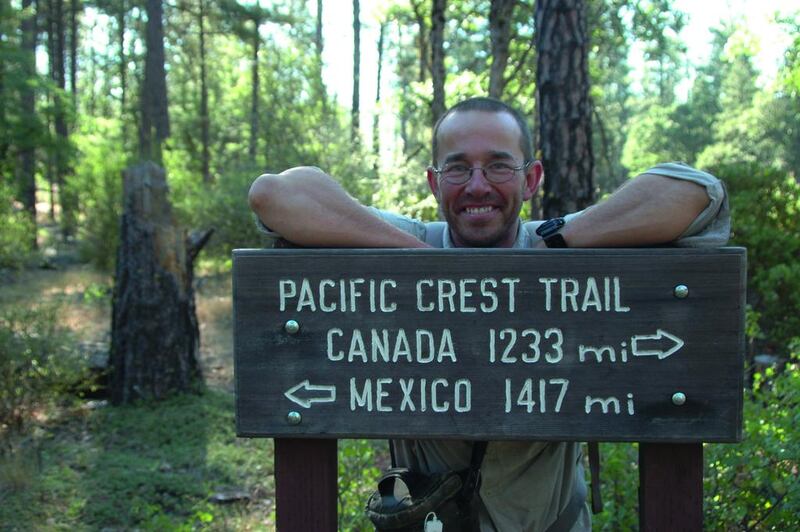Having reached an age where the immortality of youth has been irrevocably replaced by the steady progression of things my body refuses to continue to do, there is something comforting about still being able to hike.
After decades of scaling mountains on seven continents, overworked tendons and worn-out joints began to chorus their disapproval at anything too strenuous. Ice- and rock-climbing had to be abandoned in my forties, with ultramarathons following in their wake and as I reached my fifties, running of any kind.
Instead of striding towards sunlit senior years, as I’d imagined, the metaphor my body seemed more inclined towards was re-enacting Napoleon’s retreat from Moscow. “Use it or lose it” is a common aphorism about ageing, but the cruel corollary to that is that sometimes even if you do use it, you still lose it anyway.
Having to abandon hiking would have hurt even more than my knees do, because there is an aspect of life that is only revealed when encountered at walking pace.
My standard practice when travelling is to orient myself to a new location by taking to the streets and simply wandering around.
When I first landed in Abu Dhabi in 2008, I sought to make sense of a new city and an unfamiliar culture by walking the 5 kilometres home from The National’s offices in Al Ittihad to my flat in Khalidiya, each evening finding a different combination of backstreets and alleyways.
It was an ideal way to take the pulse of ordinary life and led to one of my favourite Abu Dhabi memories. One night as I walked near the mammoth mansions of Al Karamah district, I discovered a traditional Bedu tent on a scrap of spare land. As I passed by, I was invited in for gahwa by the occupants, Emiratis who lived in the neighbouring megamansion but who preferred to spend their evenings with their feet in red desert sand, greeting friends – and wandering strangers – to talk about the day.
The mountains of Ras Al Khaimah and Oman proved equally educational when explored on foot, using ancient donkey trails that thread their way from bouldery wadis to the high mountain ridges that received the most reliable rainfall.
These were the locations of ancient Shehhi villages that had been frozen in time since their inhabitants were lured to the lowlands by the prospect of jobs, homes and an easier life. Nothing brings home how precarious life must have been in this region in the pre-oil era quite like seeing the way terraces had been hewn from steep rocky ridges for subsistence farming. This was sufficiently recent that the rows of former cultivation remain visible, even if it now seems a millennium away from the modern shiny cities of the coastal UAE.
Would I have known any of these things if I’d adopted the modern habit of travelling everywhere in an air-conditioned car?
John Henzell is a Comment writer for The National.






